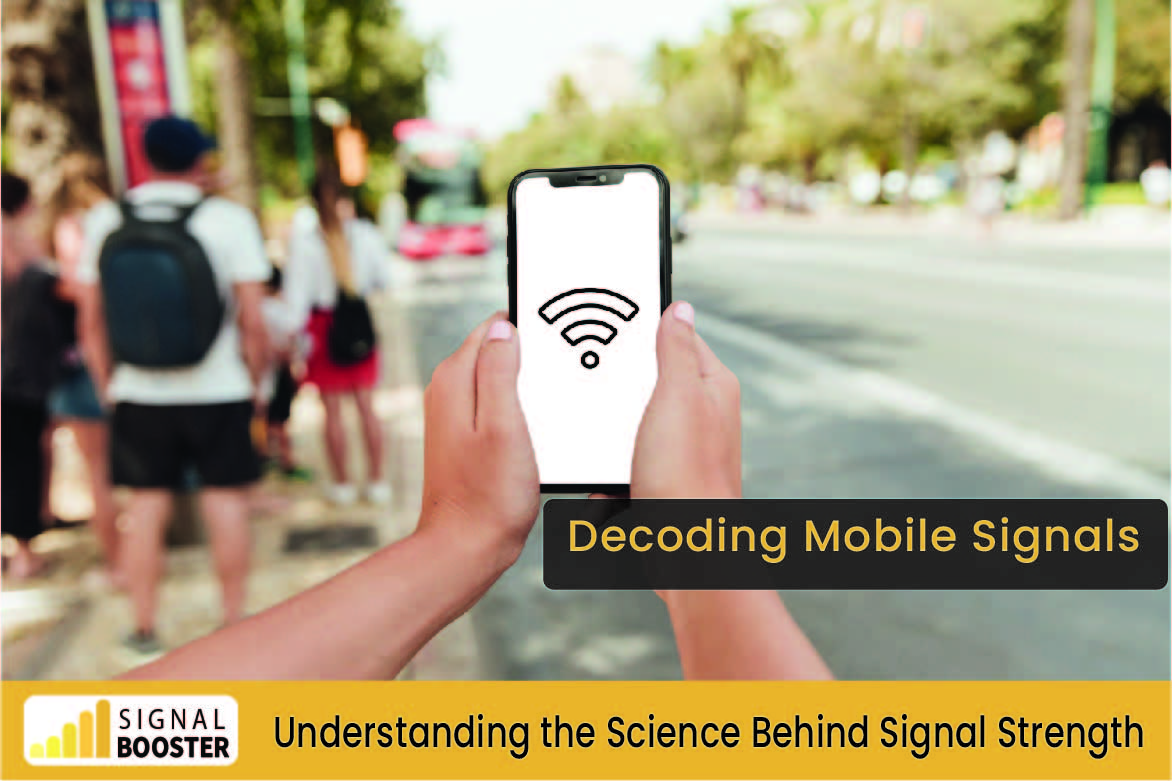
In our interconnected world, where mobile devices serve as lifelines to communication, understanding the science behind signal strength is paramount. Signal strength dictates the quality of our mobile connections, impacting everything from call clarity to data speeds. This article delves into the intricacies and science of mobile signals, unravelling the scientific principles that govern signal strength and exploring how various factors influence connectivity.
Mobile signals, also known as radio frequency (RF) signals, are electromagnetic waves transmitted by cellular towers to communicate with mobile devices. These signals carry voice, data, and other information between devices and network infrastructure, enabling wireless communication.
Several factors influence signal strength, including:
Signal strength is typically measured in decibels (dB) or dBm (decibels relative to one milliwatt). A positive dBm value indicates a strong signal, while a negative value indicates a weaker signal. For example, -50 dBm represents a strong signal, while -110 dBm indicates a weak signal.
Signal propagation refers to the transmission of signals from the cellular tower to the mobile device. As signals propagate through the atmosphere, they experience attenuation, or loss of energy, due to factors such as distance, obstacles, and interference. Understanding signal propagation and attenuation is essential for optimizing signal strength and coverage.
Signal boosters, also known as cellular repeaters or amplifiers, enhance signal strength by amplifying and rebroadcasting cellular signals within a localized area. These devices consist of three main components: an outdoor antenna to capture incoming signals, an amplifier to boost signal strength, and an indoor antenna to rebroadcast the amplified signals.
The design and placement of antennas play a crucial role in maximizing signal strength. Directional antennas focus signals in a specific direction, improving signal reception and transmission. Meanwhile, omnidirectional antennas radiate signals in all directions, providing broader coverage but potentially weaker signal strength.
Advanced technologies such as MIMO (Multiple Input Multiple Output) and beamforming enhance signal strength and reliability by using multiple antennas to transmit and receive signals simultaneously. These technologies improve spectral efficiency and increase data throughput, resulting in better overall connectivity.
Environmental factors such as weather conditions, atmospheric conditions, and geographic terrain can impact signal strength. For example, heavy rainfall or dense fog may attenuate signals, while mountainous terrain or urban environments with tall buildings may cause signal blockage or reflection.
While signal strength is important, signal quality is equally crucial for reliable communication. High signal strength does not guarantee good call quality or fast data speeds if the signal is subject to interference or distortion. Monitoring signal quality metrics such as signal-to-noise ratio (SNR) and bit error rate (BER) helps ensure optimal performance.
Mobile signals operate within specific frequency bands allocated by regulatory authorities. Different frequency bands have different propagation characteristics, affecting signal strength and coverage. Understanding the frequency bands used by mobile networks in your area can help optimize signal strength and compatibility with signal boosters and mobile devices.
Carrier aggregation is a technique used by mobile networks to combine multiple frequency bands for increased data throughput and improved network performance. Signal boosters that support carrier aggregation can amplify signals across multiple frequency bands simultaneously, optimizing signal strength and data speeds for users on supported networks.
Some advanced signal boosters feature dynamic signal optimization capabilities that adapt to changing network conditions in real-time. These systems continuously monitor signal strength, interference levels, and network congestion, adjusting signal booster settings dynamically to maximize performance and ensure optimal connectivity for users.
Signal strength mapping tools allow users to visualize signal coverage and predict signal strength in different locations. These tools use data from mobile network operators, signal boosters, and user reports to generate coverage maps and predict signal strength variations based on factors such as terrain, building structures, and network infrastructure.
In remote or rural areas with limited cellular coverage, signal boosters play a crucial role in providing connectivity to underserved communities. By amplifying weak signals from distant cell towers, signal boosters extend coverage to remote areas, enabling residents and businesses to stay connected and access essential services.
Emerging technologies such as 5G, satellite-based connectivity, and mesh networks are poised to revolutionize mobile communication and connectivity. Understanding how these technologies impact signal strength and coverage will be essential for optimizing connectivity and harnessing the full potential of next-generation networks.
While mobile signals are generally considered safe, some individuals express concerns about potential health risks associated with prolonged exposure to electromagnetic radiation. However, scientific studies have found no conclusive evidence linking mobile signal exposure to adverse health effects at levels below regulatory safety limits.
Signal strength can vary depending on the mobility of the user. Factors such as vehicle speed, terrain changes, and network handoffs between cell towers can affect signal strength and quality during mobile use. Understanding how signal strength fluctuates during movement can help users anticipate coverage gaps and optimize connectivity while on the move.
In conclusion, understanding the science behind signal strength is essential for optimizing mobile connectivity and ensuring reliable communication. By considering factors such as signal propagation, antenna design, environmental conditions, and advanced technologies, we can decode the mysteries of mobile signals and harness their power to stay connected in an increasingly wireless world. As technology continues to evolve, a deeper understanding of the science behind signal strength will empower us to unlock new possibilities and navigate the complexities of modern communication networks with confidence.